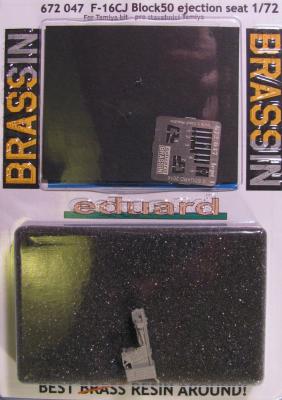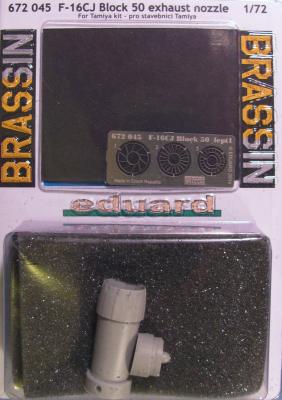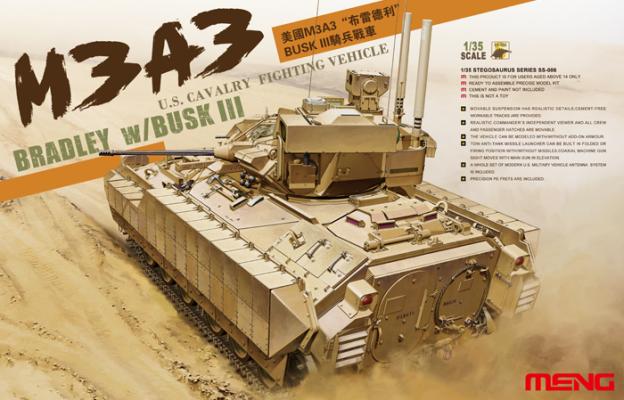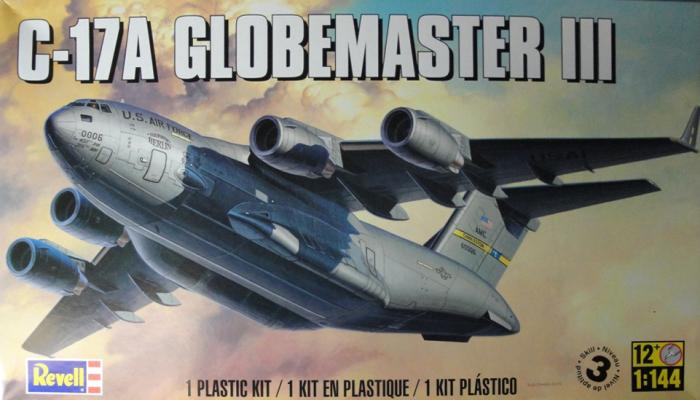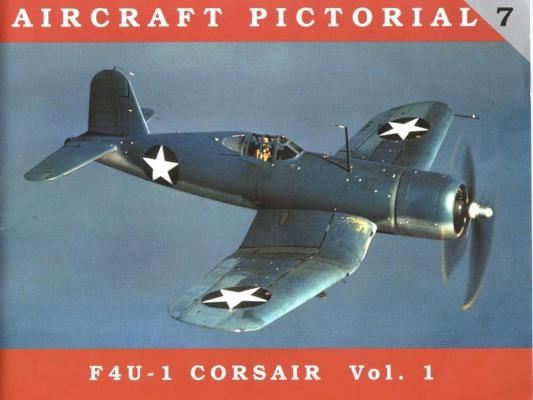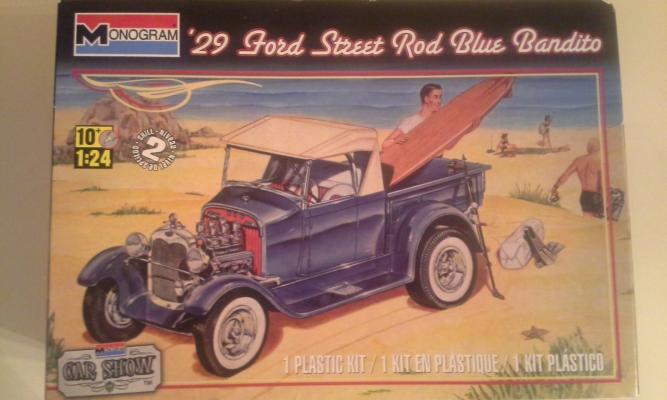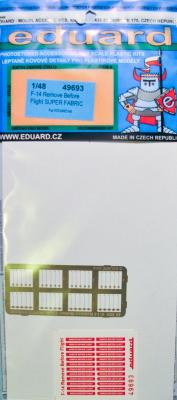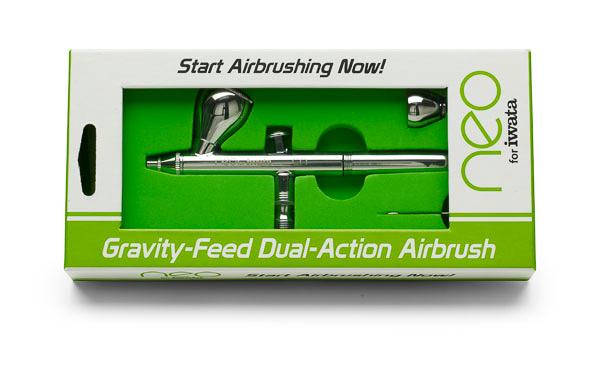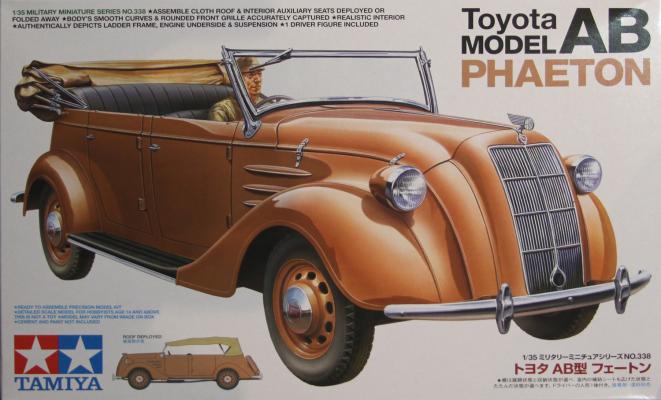One of the latest releases from Eduard in their Brassin line is this ejection seat meant to replace the kit part in the Tamiya 1/72 scale F-16CJ Fighting Falcon. The Eduard set consists of one resin part and a photoetch fret with eight items that can be used to dress up the appearance of the cockpit of the Tamiya kit. The F-16CJ Block 50 release by Tamiya follows their impressive renditions first rolled out in 1/32 scale, and later in 1/48.
What's New
One of the latest releases from Eduard in their Brassin line is an exhaust nozzle meant to replace the kit provided one in the Tamiya 1/72 scale F-16CJ Fighting Falcon. The set consists of two resin parts and a photoetch fret that can be used to dress up the appearance of the Tamiya kit. The F-16CJ Block 50 release by Tamiya follows their impressive renditions first rolled out in 1/32 scale, and later in 1/48.
History
In 1980 the US Army formally took delivery of the new M2 Bradley IFV (Infantry Fighting Vehicle) and M3 Bradley CFV (Cavalry Fighting Vehicle). The M3 CFV had a wielded aluminum hull. It was powered by a 500hp Cummins VTA-903 diesel engine with an HMDT-500 automatic transmission at that time. Its two-man turret had positions for the commander and gunner. The turret consisted of a 25mm M242 Bushmaster chain gun, a 7.62mm M240C coaxial machine gun and a two-tube TOW anti-tank missile launcher. Firing ports and periscopes on each side of the hull, and the two firing ports on the rear ramp were eliminated on the M3 CFV.
History
The C-17 was funded for development in 1984 and the first one was delivered in 1991 to the USAF for testing. The C-17 was originally designed to replace the C-130 and augment the C-5 and C-141. As we all know the C-130 and the C-5 are still going and the C-141 has been removed from service and has been sent to the boneyard for scrapping. The initial order was for 120 units and that was bumped up in 2002 following the attacks of September 11th to 180. Although the USAF is the main user there are many other countries that utilize the C-17.
The Kit
The kit is molded in light gray plastic. Several of the parts had a grainy texture to them and several of the sprue attachment points were thick and difficult to remove. The construction is fairly straight forward.
Thank you to Classic Warships Publishing for providing another exciting volume in the excellent Aircraft Pictorial series. I am also very appreciative of the IPMS Reviewer Corps for allowing me the chance to examine this volume and report my opinions.
History Brief
The Adventures of Jonny Quest was produced by Hanna-Barbera Productions for Screen Gems. An animated television series, it ran on ABC in prime time on Friday nights for one season from 1964 to 1965. A true original for the 1960s, it was created and designed by comic-book artist Doug Wildey and was inspired by American radio serials, American action-adventure comics and American science fiction genre. Ground breaking for it’s time it featured unmatched realistic art, interesting characters, and a better story line than any previous cartoon seen on television.
The Quest Labs Supersonic Suborbital Aircraft known as The Dragonfly is the iconic Jonny Quest aircraft featured in the episode introductions. It was also featured in some of the best episodes.
The Revell/Monogram 1/24th scale kit is a rerelease of a previously available kit known as “The Blue Beetle“. I am not sure of the exact offerings provided in that earlier release of this model but the version that I’m reviewing here was quite impressive . The box art only shows the build up on the side and the drawn box art on the front of the box outfitted in “The Blue Beetle” version. The only way I’ve seen this release come in. So, I was thrilled to open the kit up and see parts for both the pictured version as well as the roadster adaptation listed for these separate parts throughout the very well detailed instruction sheet which includes descriptions of all pieces by their part number and the name of the part. The majority of the parts come molded in a light blue with one white sprig of pieces molded in white which includes snap in white walls and a convertible top.
In case you missed the IPMS/USA Nationals this past summer, Eduard released a 1/48 scale F-14A Tomcat as part of a special Danger Zone boxing that included a slew of photoetch and resin detail parts along with the plane. I mention this as some of the detail items, such as this set, are now being released to further spruce up the limited edition release. I have never seen anything like this fabric set, so I would consider this a warning shot across the bow of other detail part manufacturers.
As the name Neo implies, this is Iwata’s entry-level airbrush label, and it is offered in the two main styles of airbrushes: siphon- or gravity-feed. Our review sample is the Neo CN, a gravity-feed type. Gravity-feed airbrushes perform well at lower air pressures, which help create greater detail.
Another differentiating feature between airbrushes is the trigger style: single- or dual-action. To explain the difference in simple terms, a single-action trigger delivers paint and air at the same time when depressed. The dual-action trigger has a slide, which means when you depress the trigger only air comes out, but as you slide the trigger aft it feeds the paint out around the needle. Our Neo CN has a dual-action trigger with a 0.35 mm needle and nozzle combination. Most lower-end airbrushes are commonly single-action.
The AB was a soft-top variant of the Model AA, and inherited features such as the 3.4-liter inline-6 engine and live axle leaf spring front/rear suspension. It differed from the AA in its folding cloth roof, dedicated windshield design, and front-hinged door layout. To make room for the new folding auxiliary seats, the rear seat bank was moved somewhat further back. Of the 353 produced by 1938, the majority were eventually sent to the military and never made it into the hands of the public as was originally intended.

